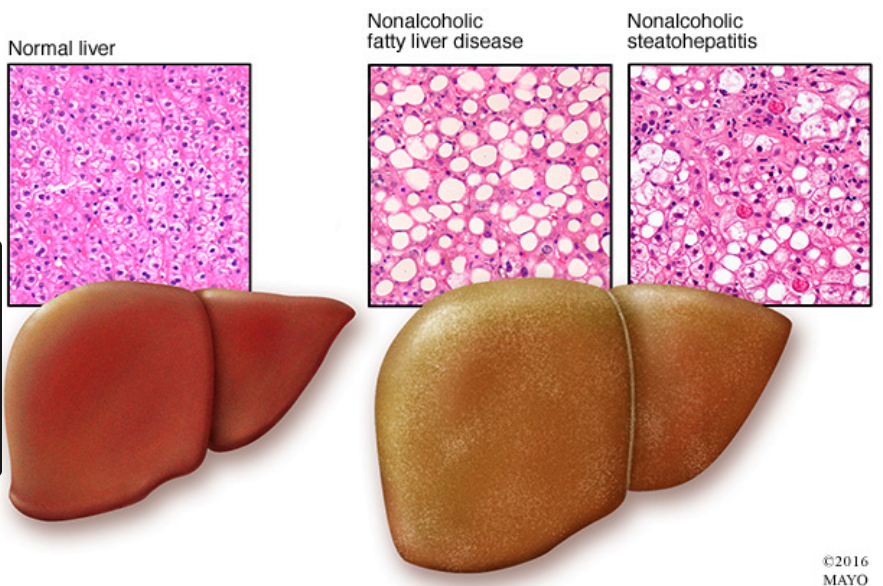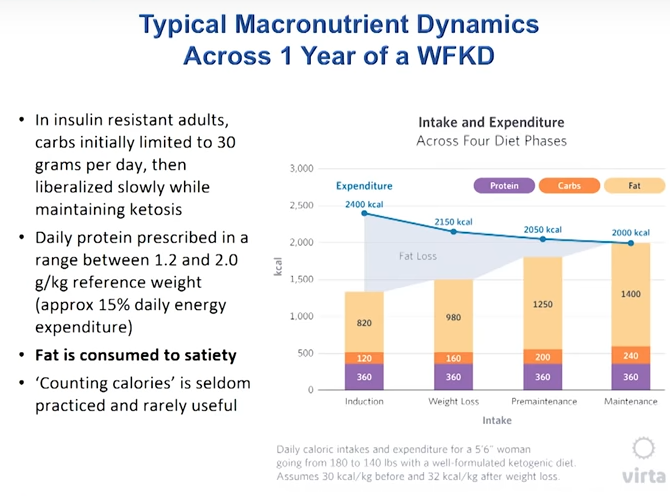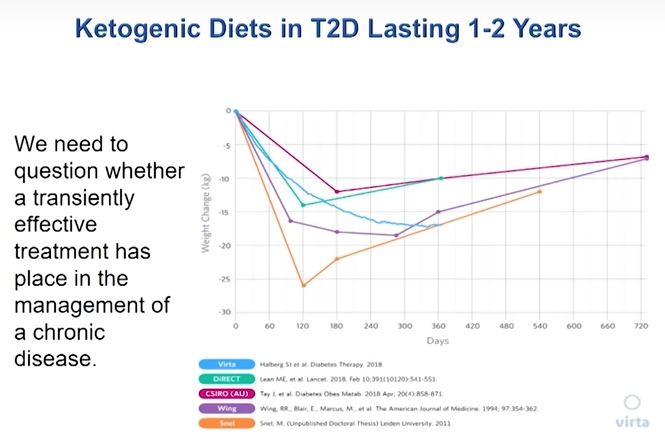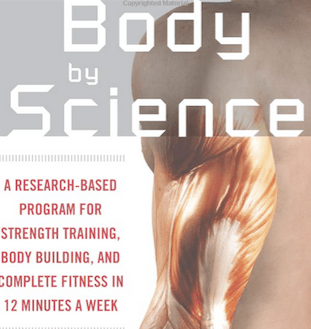
Approximately 90% of people with type 2 diabetes are overweight or obese.
While obesity often contributes to the development of diabetes, the bigger driver of weight gain is the high insulin levels that are found well before the diagnosis of diabetes.
There are some good reasons why the standard advice of “eat less, exercise more” doesn’t deliver results for people living with type 2 diabetes.
Reason #1: With type 2 diabetes, insulin is high, and insulin is a fat-storage hormone
Everyone has glucose, a type of sugar, in their blood at all times. Glucose is a source of energy that largely comes from eating carbohydrates. Simply put, when you eat carbohydrates, your blood sugar rises.
Insulin is produced by your pancreas, and insulin has many functions in the body. One of insulin’s functions is to help get glucose out of the blood and into cells where it can be used. In order to do this, insulin rises along with glucose. So when you eat carbohydrates and glucose rises, the insulin is rising as well.
Once in the cells, glucose is mostly used for energy. If you have type 2 diabetes, this process doesn’t work well anymore: your body has become resistant to the signal of insulin, so the insulin isn’t as effective at moving the glucose out of your blood. That’s how you end up with high blood sugar levels after eating carbohydrates. Having chronically elevated blood sugar levels is dangerous, so your body needs to do something about it.
Your body responds by making more and more insulin to try to get the job done. Recall now that insulin has many functions, not just to facilitate the removal of glucose from the blood. Insulin also works to promote the storage of fat and to block the release of fat from fat storage. So instead of losing weight, you just keep gaining, thanks to all that insulin.
Reason #2: Typically recommended eating patterns often backfire by keeping you hungry and keeping your blood sugar high
If you’re like most people with type 2 diabetes, you’ve been told to eat carbohydrates but eat fewer overall calories, and to eat small meals throughout the day to keep your blood sugar steady; you’ve probably been advised to count your carbs and eat enough of them to keep your blood sugar up after taking medication to lower it—confusing, right?
What many find as a result is that they’re always hungry, always thinking about food and facing cravings. What’s at work is a survival instinct that even the strongest-willed person can’t withstand for long. This is a situation where your physiology is fighting against you. Even worse, those frequent small meals with carbohydrates create spikes in your blood sugar followed by drops in your blood sugar—a blood sugar roller-coaster that stimulates frequent hunger.
Reason #3: Type 2 diabetes medications can drive weight gain
Remember how your body’s own insulin is a fat-storage hormone? That’s also true for insulin that has been prescribed to you, whether delivered by injection or by pump. That’s why a common side effect of prescribed insulin is weight gain. Another class of medicine for type 2 diabetes, Sulfonylureas, work by stimulating the pancreas to produce more insulin. And once again, more insulin in your body means more fat storage and more weight gain.
The Accord Trial chart below shows that intensive insulin therapy caused significant weight gain.

What’s the solution?
People living with type 2 diabetes are insulin resistant, meaning their tissues are not responding as they should to insulin. Insulin moves sugar from your blood into your cells. If your body does not respond to its own insulin, then your blood sugar will remain chronically elevated, and your body will produce more insulin. The most direct solution is to decrease the source of high blood sugar itself – carbohydrate consumption.
In fact, insulin resistance can be fundamentally referred to as “carbohydrate intolerance” because when carbohydrates are consumed by someone who is insulin resistant, blood glucose is not lowered as effectively. So, by eating fewer carbohydrates, we both reduce the glucose load in the blood, and decrease the release of insulin.
Nutritional ketosis is a natural metabolic state in which your body adapts to burning fat over carbohydrates as its primary fuel. While carbohydrate consumption triggers spikes in blood sugar, fat consumption does not, making it a better source of fuel for people with insulin resistance.
The graph below shows how carbs, protein and fat affect blood insulin levels.

In a clinical trial, patients lost an average of 12% of their starting body weight within six months by using a medically supervised treatment that included the employment of nutritional ketosis.In addition, 56% of patients with type 2 diabetes reduced their HbA1c to below diabetic levels.
Read more about nutritional ketosis and how it can be an effective diabetes reversal method when paired with physician supervision here, Reversing Type 2 Diabetes https://www.virtahealth.com/reversediabetes
To learn more about how food affects blood sugar, watch Sarah Hallberg, DO, MS on Carbohydrate Intolerance, Insulin Resistance and Reversing Diabetes. Here is the link https://www.youtube.com/watch?v=ldzaLP8oAHw&t=3s
The source of the Blog Post is found at the Virta website. Please look for:3 Reasons It’s Harder For People With Type 2 Diabetes To Lose Weight. Please copy this link and paste in your address bar.
The citations show the supporting studies.
I invite you to Follow my Blog, Facebook or be added to my email distribution list. My focus is to maximize my physical performance and mental clarity, body composition, and most importantly overall health with a wholesome diet and exercise.
I will bring you compelling articles on Ketogenic and GAPS diets, the Super Slow High-Intensity Exercise Program and supplements.
To follow my Blog, please click the Follow button to receive an email when the next posting is available. Hint: You may have to click the Accept and Close button before follow is available.
I thrive on feedback. Please let me know you are interested in the content by clicking Like, Commenting or sending me a message or email about the Post.
If you wish to contact me by Email, please email lpolstra@bell.net using this form.
May you Live Long Healthy.
Yours truly,
Lydia Polstra
Facebook: https://www.facebook.com/2healthyhabits/
Blog: https://2healthyhabits.wordpress.com
Disclaimer: The content of this email or Post is not intended for the treatment or prevention of disease, nor as a substitute for medical treatment, nor as an alternative to medical advice. Use of recommendations is at the choice and risk of the reader.




 This is best visual representation we’ve come up with to differentiate the Ketogenic diet from a the standard American diet, the Mediterranean diet and the Paleo diet.
This is best visual representation we’ve come up with to differentiate the Ketogenic diet from a the standard American diet, the Mediterranean diet and the Paleo diet.










